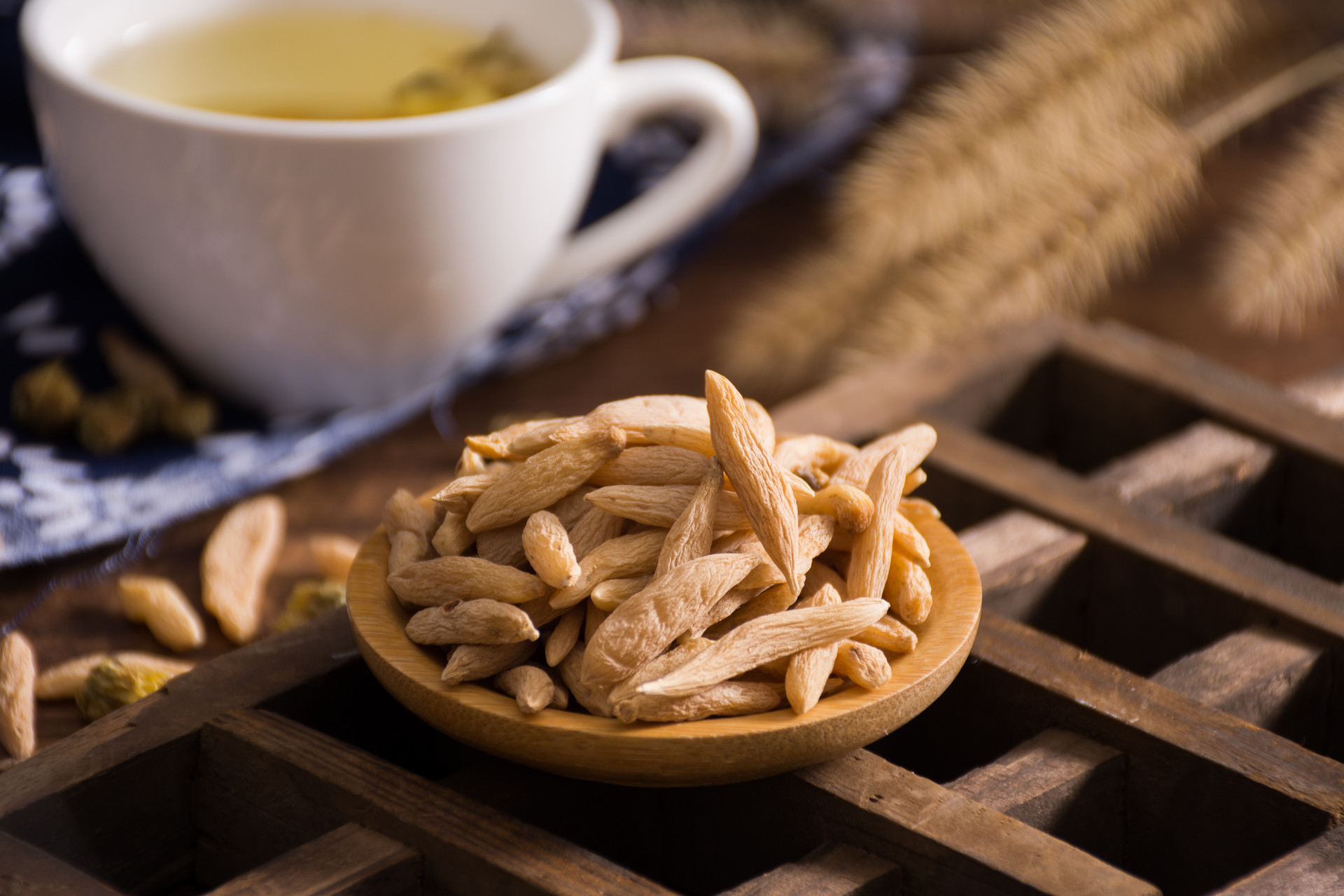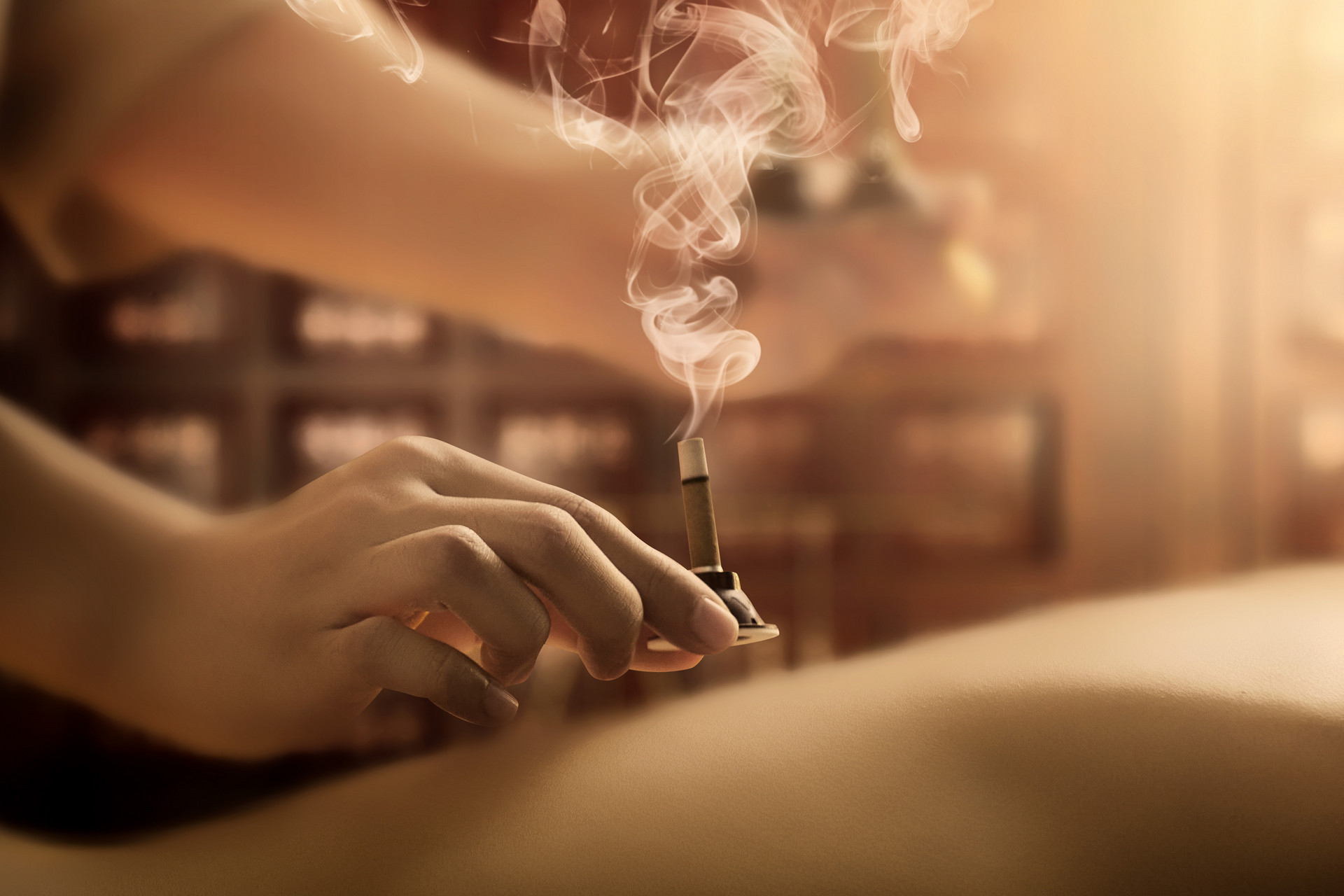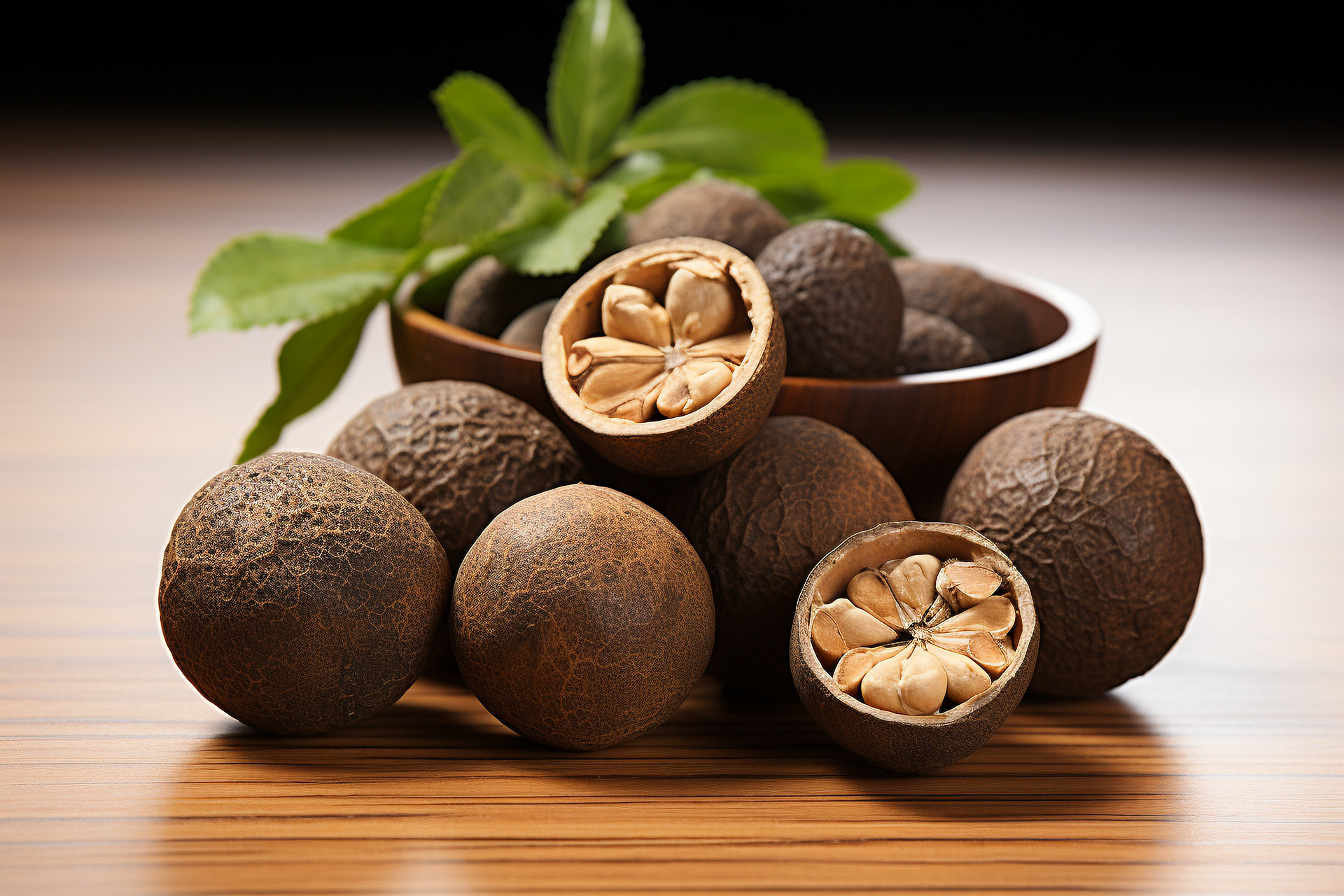Lilyturf, also known as Zao Xiu, is the dried rhizome of the lily family plant Huazhonglou or Qi Ye Yizhihua. It is harvested after the autumn season. After digging, the stems, leaves, and adventitious roots are removed, and then it is dried for medicinal use. Lilyturf has a slightly cold nature and a bitter taste. It has mild toxicity and has the effects of clearing heat and detoxifying, reducing swelling and relieving pain, and cooling the liver and calming convulsions. It is used to treat boils, abscesses, sore throat, snake bites, bruises, and convulsions caused by wind. "Ben Cao Zheng Yi" states: "Zao Xiu is a bitter and purgative detoxifying herb. In the vicinity of the lake, it is called the medicine of the foot Jueyin meridian. It clears the heat and stagnation of the liver and gallbladder, extinguishes wind, descends qi, and can also reduce swelling, dissipate phlegm, and promote diuresis to remove dampness. "Ben Jing" treats epilepsy, shaking of the head and tongue, all of which are symptoms of liver yang disorder, excessive wood fire generating wind." There are cases in the market where the rhizome of the same family plant Aspidistra elatior is falsely labeled as lilyturf, so attention should be paid to identification when using.
Authentic Lilyturf
The rhizome is nodular, flat cylindrical, slightly curved, 6-10 cm long, and 1-4 cm in diameter. The top and middle parts are larger, gradually tapering towards the end. The surface is yellow-brown or gray-brown, with oblique nodes; the upper side has semi-circular or elliptical concave stem scars, arranged slightly staggered; the lower side has sparse adventitious roots and a few residual adventitious roots; the enlarged top has concave stem remnants, and some nodes have scale leaves; it is hard and breaks easily, with a flat, powdery, white to yellowish-white cross-section; it has a faint odor and a slightly bitter and pungent taste.
Fake Aspidistra elatior
The rhizome is cylindrical, 5-18 cm long, and 1.5-2.5 cm in diameter. The surface is grayish-yellow, wrinkled, with dense wavy nodes, and scattered round root scars; sometimes there are aboveground stem scars and leaf scars at the top; it is tough and the broken surface is not flat, yellow-white or light brown to reddish-brown, slightly spongy, with scattered yellow vascular bundle spots; it also has a faint odor, and a bitter and pungent taste when chewed.
Modern pharmacological studies have shown that Lilyturf contains saponins, steroidal glycosides, alkaloids, amino acids, and other components. Its decoction has a significant antitussive and expectorant effect; it has a strong inhibitory effect on influenza viruses and inhibitory effects on bacteria such as Shigella, Salmonella, Escherichia coli, Pseudomonas aeruginosa, Staphylococcus aureus, Streptococcus hemolyticus, and Neisseria meningitidis; it has anti-inflammatory effects on aseptic inflammation caused by dextran, and has shown significant therapeutic effects in the treatment of chronic bronchitis, neurodermatitis, and surgical inflammation. Fake Aspidistra elatior, although belonging to the same family plant, does not possess the various effects of Lilyturf and therefore cannot be used as a substitute for Lilyturf.











